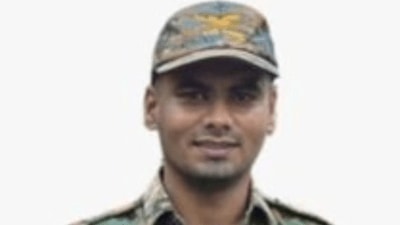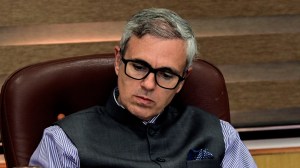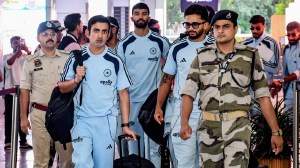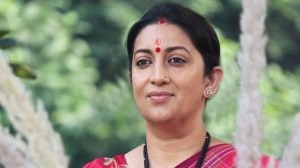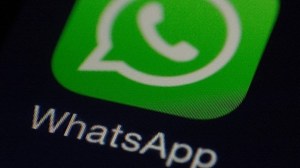Vadodara flares up as old dargah demolished, 4 die
Six of the 13 police station areas in Vadodara were put under curfew today after the demolition of a dargah led to clashes.

Six of the 13 police station areas in Vadodara were put under curfew today after the demolition of a dargah led to clashes. Four people were killed, two of them in police firing, and 21 injured as violence spread.
A ‘‘balancing act’’ planned by the city BJP leadership—which had demolished temples as part of the anti-encroachment drive—triggered protests and violence and brought the worst nightmares back to the city.
The dargah on the Fatehpura-Champaner Road, which local Muslims say was of a Sufi saint, Syed Rashiuddin Chishti, had been targeted in all riots in Gujarat since 1969.
On Monday morning at 9.30, a delegation of Muslim leaders were invited to a meeting with the Vadodara Municipal Corporation (VMC) to evolve a consensus to remove the dargah. The VMC had pasted a notice about the demolition on the dargah walls last Wednesday. Community leaders had resisted this move with official petitions on Saturday. Monday’s meeting saw mayor Sunil Solanki, city BJP president Shabdasharan Brahmbhatt and municipal commissioner Rohit Pathak seeking to convince the Muslim leaders about removing the structure, but to no avail. Soon after the failed talks, orders were given to the VMC demolition team to raze it. Anticipating the demolition, a restive crowd had gathered on the Fatehpura-Champaner Road, as had BJP councillors and party workers in the area.
The dargah which finds mention in the Baroda State’s city survey of 1911 was not a protected monument and neither did it have ownership papers. A fact that VMC municipal commissioner later latched on to to justify its removal as an unauthorised structure.
The dargah’s removal remained a matter of prestige both for the party and the administration. BJP leaders including former state minister Nalin Bhatt remained at the spot till the dargah was demolished and the road was carpeted, in spite of the curfew.
The Muslim community, which had faxed a memorandum about the issue on Sunday itself to the National Minority Commission, quoted the Places of Worship (Special Provisions) Act, 1991, which, they say, ensures status quo to religious places built before 1947. This is why the agitated Muslim delegation members later said that the demolition was a pre-planned move to disturb communal peace in the name of development.
As mayor Sunil Solanki and Pathak later said, ‘‘a balancing act’’ had to be done as at least half a dozen temples built in recent years on roadsides had been removed peacefully in recent days.
‘‘It would have been discrimination to allow partial removal of the dargah while entire temples are removed. We had to take a policy decision to remove it,’’ said Pathak, who added that the violence had been an unfortunate development.
As tension mounted, an inadequate police force resorted to tear gas and lathi-charge to control the swelling mob, and the ire against authorities turned into communal clashes. Stone-pelting ensued in the mixed neighbourhood of the Walled City and curfew was imposed by noon in the City police station area. The violence escalated and spread to other parts of the city.
At SSG Hospital, meanwhile, at around noon Husain Dhobi (25) and Mohammed Ayaz Mansuri (22) were wheeled in, declared dead on arrival, having sustained bullet injuries in the head. The two others who died—Ramchandra Meena and Biren Shah—had been stabbed.
Till evening, a continuous stream of injured, most in police firing, kept trickling in at the hospital. At the end of the day, the mayor and the municipal commissioner could only say that the demolition drive would continue and that the violence was not anticipated.







- 01
- 02
- 03
- 04
- 05


